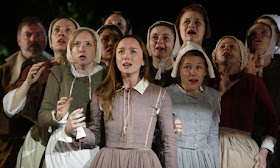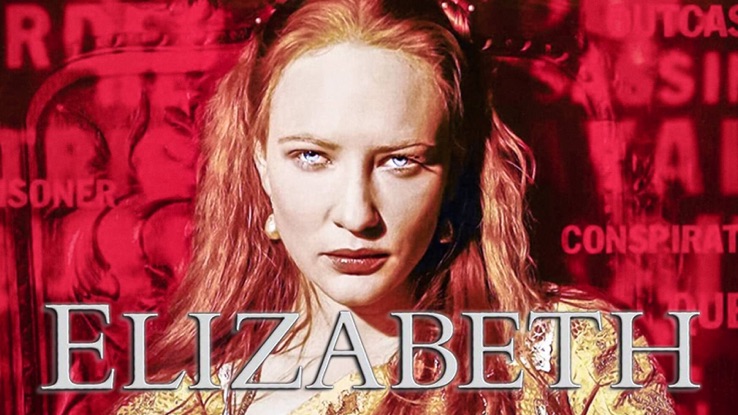


I saw Sarah Good with the Devil! I saw Goody Osburn with the Devil! I saw Bridget Bishop with the Devil!” Another girl, Betty, continues the cry with, “I saw George Jacobs with the Devil! I saw Goody Howe with the Devil!” From here on, the accusations grow and grow until the jails overflow with accused witches. In The Crucible, Abigail starts the accusations by saying, “I go back to Jesus I kiss his hand. The other girls all join in so that the blame will not be placed on them. Once the girls talk to each other, they become more and more frightened of being accused as witches, so Abigail starts accusing others of practicing witchcraft. As one of them falls sick, rumors start to fly that there is witchcraft going on in the woods, and that the sick girl is bewitched. The Crucible starts after the girls in the village have been caught dancing in the woods. To rebel against it, they played pranks, such as dancing in the woods, listening to slaves’ magic stories and pretending that other villagers were bewitching them. It is not surprising that the girls would find this type of lifestyle very constricting. They were expected to walk straight, arms by their sides, eyes slightly downcast, and their mouths were to be shut unless otherwise asked to speak. From a historical viewpoint, it is known that young girls in colonial Massachusetts were given little or no freedom to act like children. However, there were other factors as well, such as Abigail Williams’ affair with John Proctor, the secret grudges that neighbors held against each other, and the physical and economic differences between the citizens of Salem Village. There are many theories as to why the witch trials came about, the most popular of which is the girls’ suppressed childhoods. In The Crucible by Arthur Miller, the madness of the Salem witch trials is explored in great detail.


 0 kommentar(er)
0 kommentar(er)
